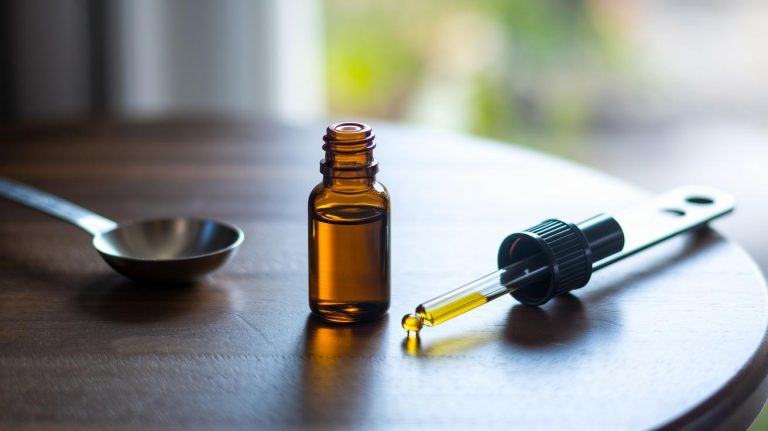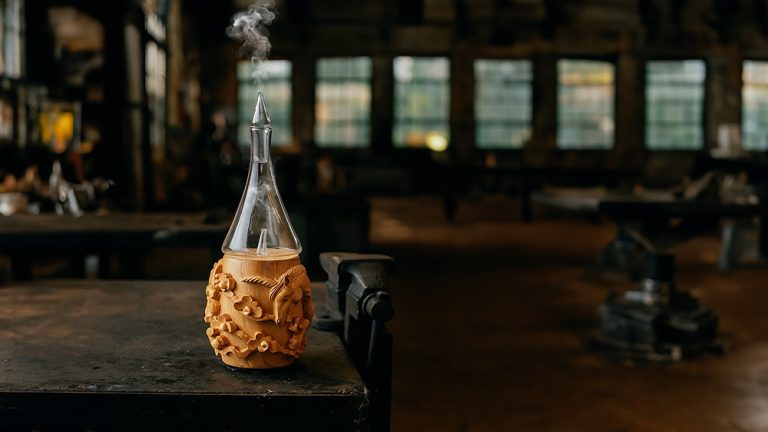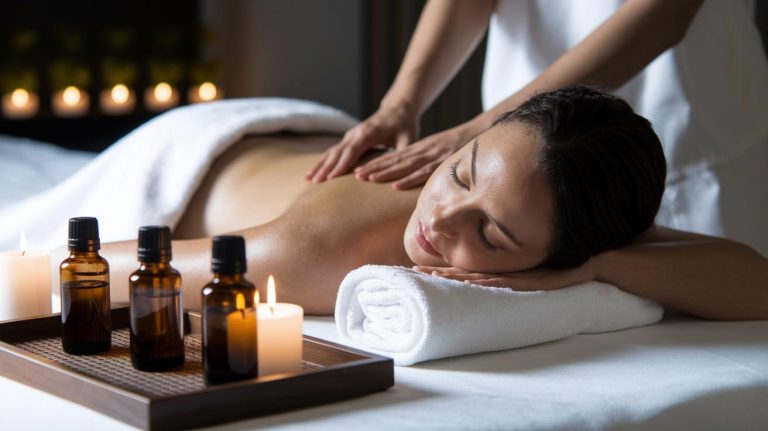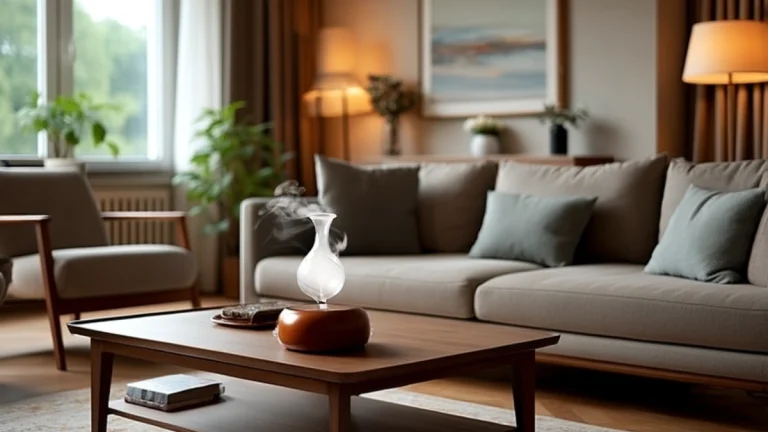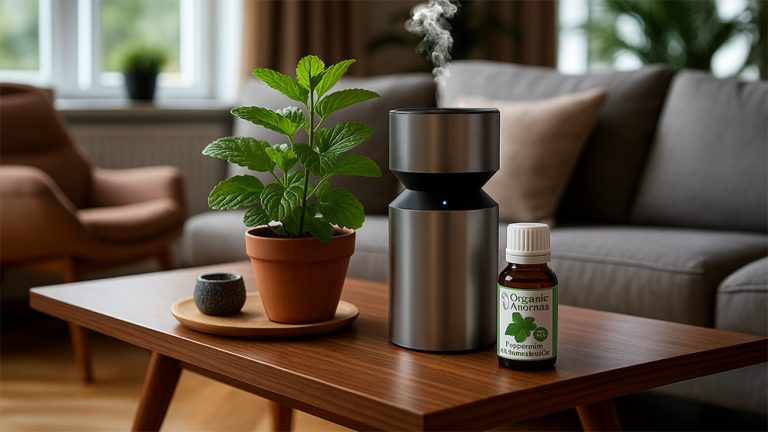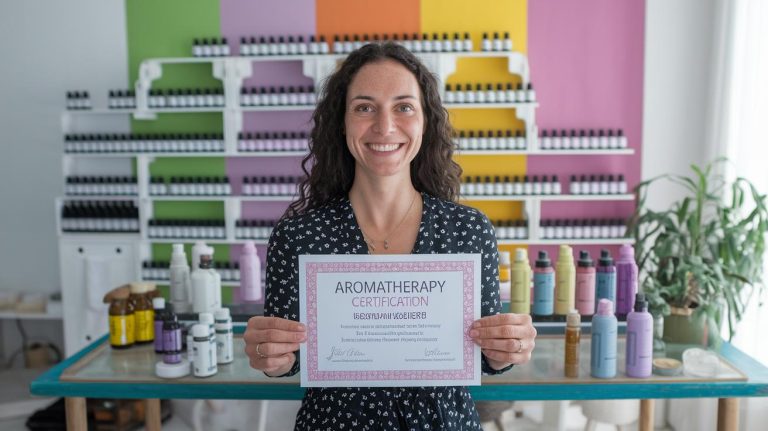5 what is aromatherapy Offers Soothing Wellness Benefits
Have you ever noticed how one deep breath can shift your whole mood? It’s like a reset button for your senses.
That’s aromatherapy at work. It uses essential oils (pure plant extracts) to ripple calm through your body and mind.
Just inhale a gentle mist of lavender or peppermint and feel stress melt away or focus sharpen in seconds.
You can tap into this soothing wellness anytime. Place a few drops in your Organic Aromas diffuser. Mix oils into your warm bath. Or rub a drop on your pulse points.
Here are five gentle benefits to help you breathe, relax, and feel balanced.
5 what is aromatherapy Offers Soothing Wellness Benefits
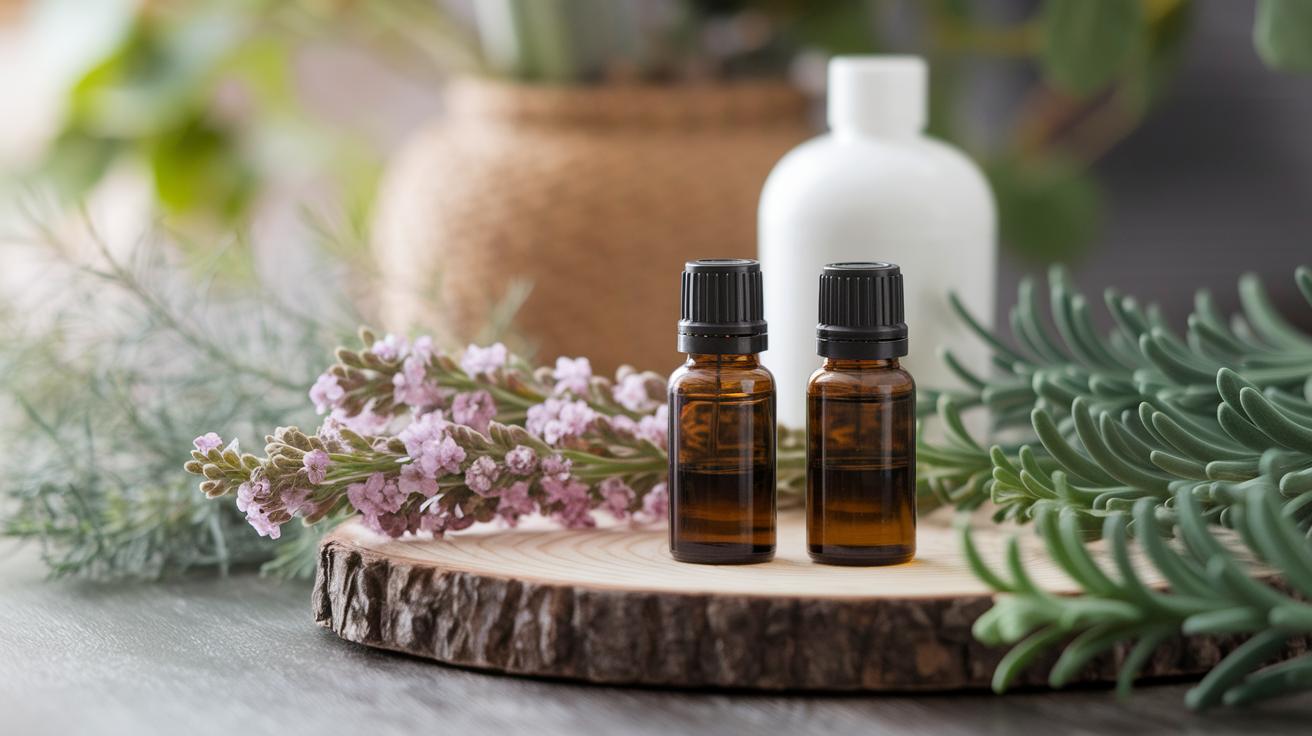
Have you felt how a soft lavender aroma ripples through your room? That’s aromatherapy at work. Aromatherapy is the simple use of essential oils (pure plant extracts) to support your body, mind, and emotions. You can breathe gentle mist from a diffuser, stir a few drops into a warm bath, dab blends onto pulse points, or mix them into massage oil.
Here’s how it works:
Olfactory response
- Scent molecules drift into your nose and touch olfactory cells.
- Those nerve signals flow to your limbic system (the part of your brain that shapes mood).
- You feel calmer, more focused, or uplifted.
Respiratory absorption
- Inhaling mist carries tiny oil particles through your airways.
- They offer antimicrobial and antiviral support for clear breathing.
- You get a gentle boost for respiratory comfort.
Transdermal uptake
- Tiny oil molecules sink into your skin’s top layer.
- Then they slip into blood vessels, carrying soothing compounds throughout your body.
- You sense a ripple of calm from head to toe.
Next, invite calm and clarity into your everyday life by engaging your senses, smell, breath, and skin. Breathe. Relax.
History of Aromatherapy Origins
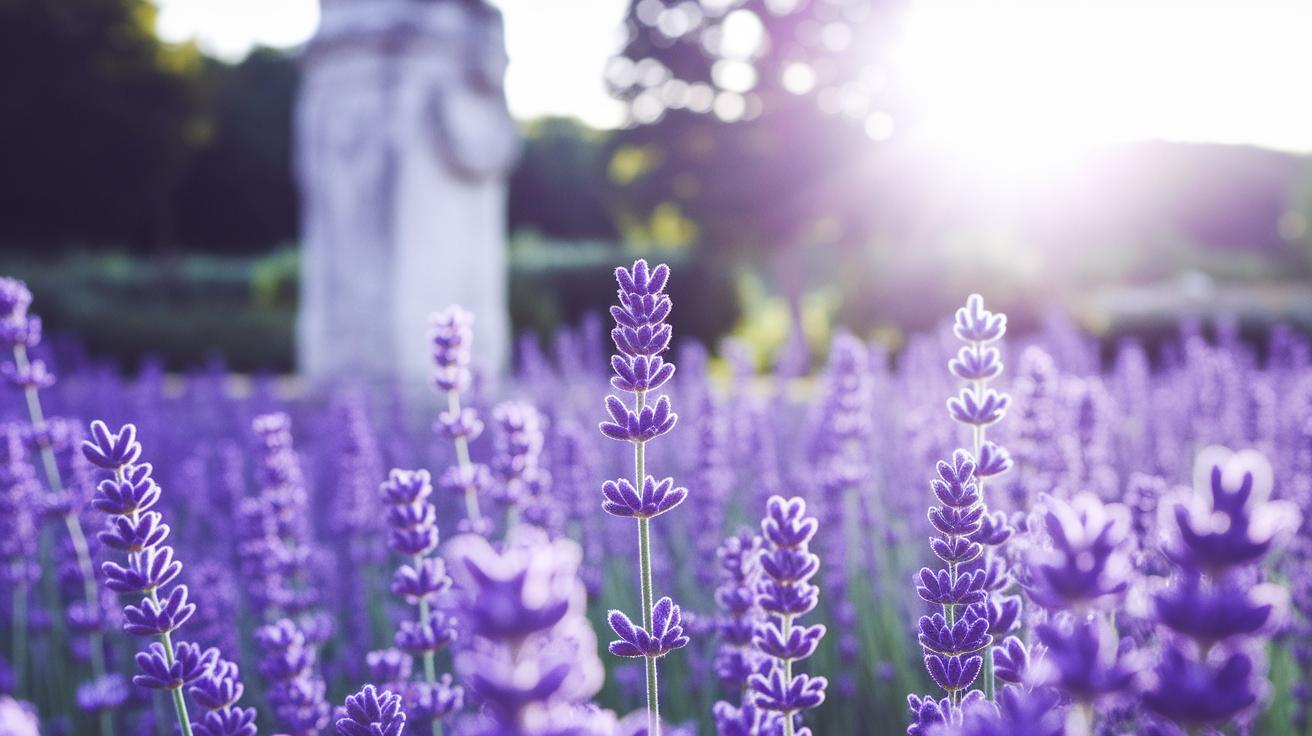
Ever wonder where our love of plant scents began? As early as 3500 BC, folks in India, Pakistan, Iran, China and Egypt burned herbs in temples, mixed flower extracts into perfumes and brewed plant potions for body and spirit. The soft murmur of incense and herbal baths carried hints of healing. Have you felt how a single breath of lavender can calm your mind?
Then in 1910, French chemist René-Maurice Gattefossé founded the French Society of Aromatic Products to study plant extracts in medicine. In 1935 he used lavender essential oil (concentrated plant extract) to heal a severe burn on his hand. That moment gave birth to the word aromatherapy (using plant scents for healing). It set the stage for a new chapter in plant-based care.
By 1929 pharmacist Sévelinge showed that essential oils (concentrated plant extracts) could fight bacteria. In the 1950s medics in Indochina applied oil blends to help wounded soldiers heal. Then in 1975 pharmacologist Pierre Franchomme introduced the concept of chemotype (plant’s chemical type). His work linked certain compounds to specific uses and set standards for oil quality and sourcing.
Today more than 17,000 studies back the medical use of these plant essences for stress relief, sleep support and immune health. Labs around the world test lavender, eucalyptus, tea tree and other oils for safety and effect. Wellness seekers and patients alike lean on these soothing scents for natural support. Aromatherapy (using plant scents for well-being) still holds a place in modern care.
Isn’t it amazing how these ancient practices still help us today?
Aromatherapy Oils: Key Essential Oils and Their Properties
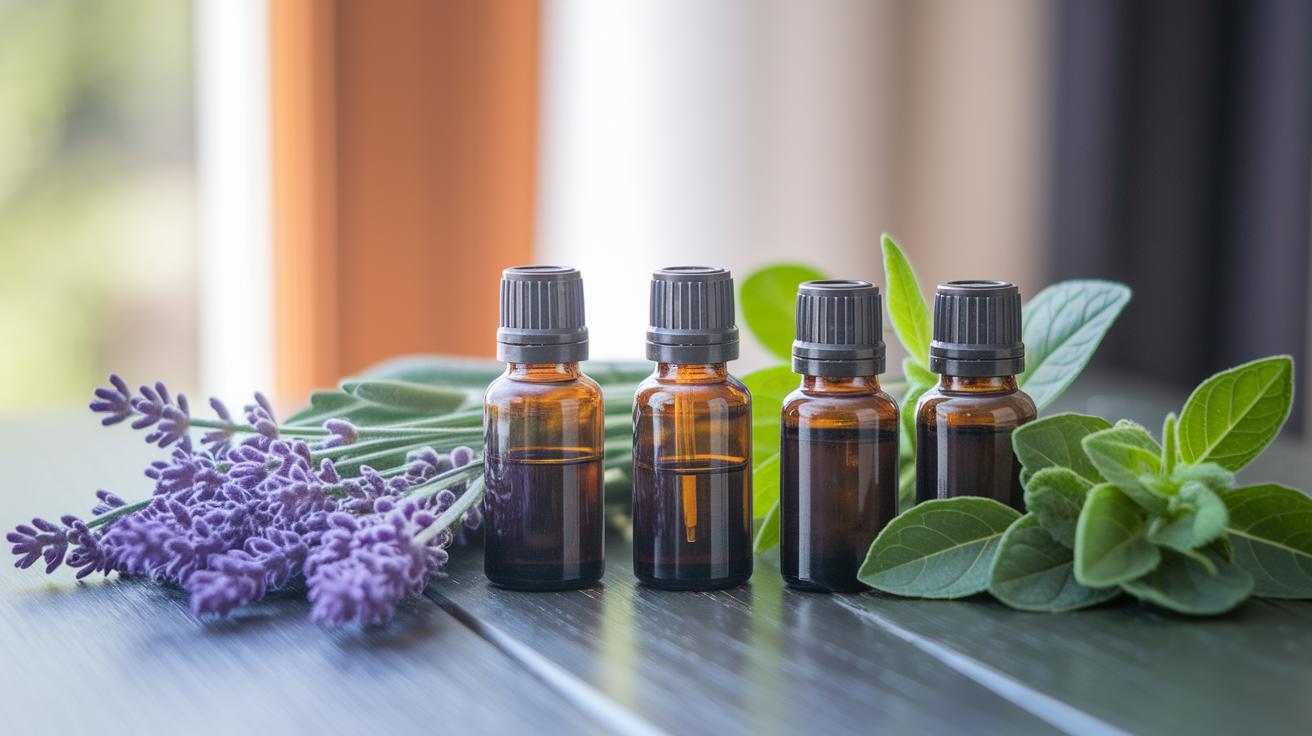
Lavender essential oil (Lavandula angustifolia) is steam-distilled (using steam to pull out pure oil) from flower heads. Its soft, floral aroma drifts like a gentle breeze across your room. Perfect for your evening routine, it soothes frazzled nerves, eases stress, and helps you slip into deeper sleep.
Try three drops in an Organic Aromas Mobile-Mini 2.0. Breathe. Relax. Drift away.
Peppermint essential oil (Mentha piperita) is steam-distilled (using steam to release crisp, minty oil) from fresh leaves. That bright, cool scent can sharpen focus when you’re reading or powering through emails. A quick sniff or a light dab on your temples may ease tension headaches. Um, I sometimes mix peppermint with lavender for a balanced boost that perks you up while lavender whispers calm.
Eucalyptus essential oil (Eucalyptus globulus) is steam-distilled (using steam to draw out its camphor-like oil) from leaf tips. Inhaling that brisk, green aroma opens your airways, clears seasonal sniffles, and offers mild antibacterial action. Try a few drops in an Organic Aromas Exquisite® diffuser or in a warm bath during pollen season. You’ll feel like you’ve stepped into a fresh forest!
Tea tree essential oil (Melaleuca alternifolia) is steam-distilled (steam teases out its potent compounds) from leaves. Its earthy, herbal scent signals real antimicrobial and anti-inflammatory power. Blend a drop into a carrier oil for skin-soothing support or diffuse it in an Organic Aromas Raindrop® for clean, clear comfort. It’s one of our go-to oils for purifying and freshening any space.
Common Aromatherapy Diffusers and Delivery Methods
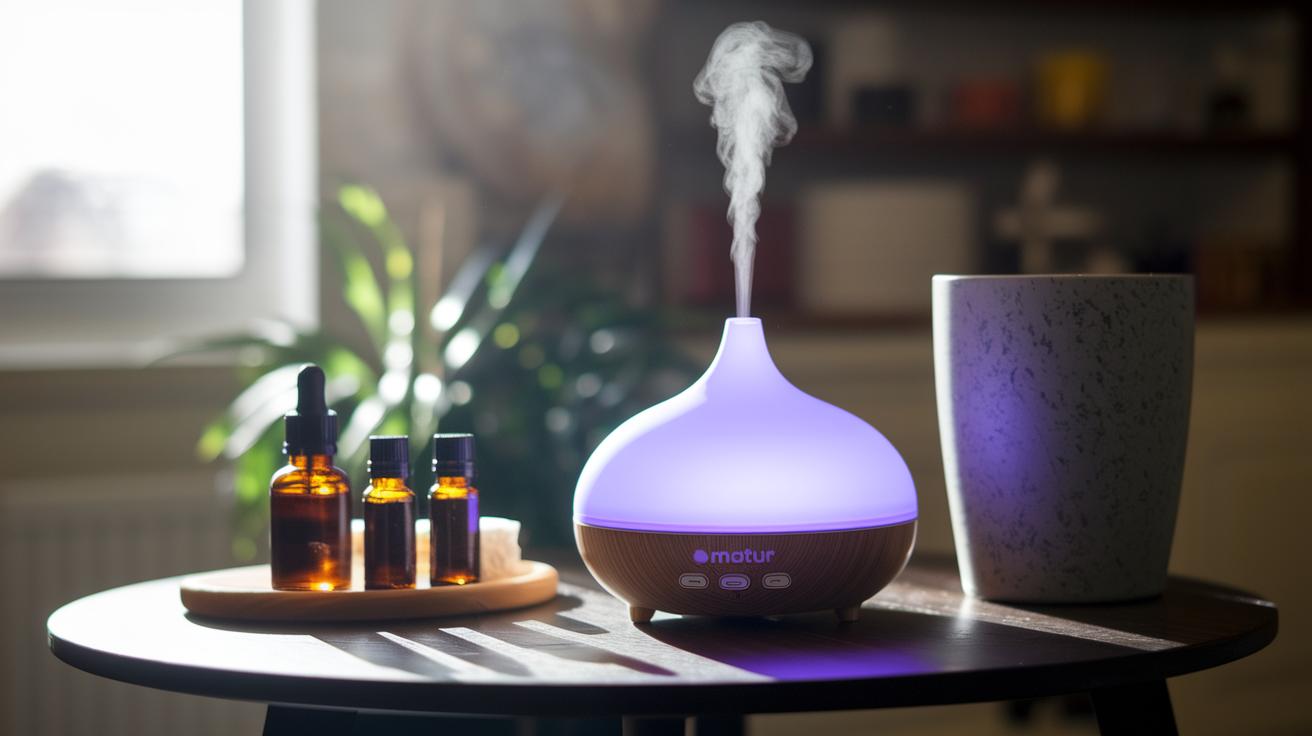
Diffusion is one of the simplest ways to breathe in pure essential oils.
A mist or warm vapor drifts through your space.
It fills your room with aroma that softly lingers.
Have you ever noticed how a soft lavender mist can calm your mind?
Here are the most popular tools for sharing scent:
- Ultrasonic diffusers: they use tiny sound waves to mix water and oil into a gentle mist.
- Nebulizing diffusers (how a fine mist delivers undiluted essential oils): they break pure oil into tiny particles for a highly concentrated aroma. Learn more in our nebulizing essential oil diffuser.
- Heat diffusers: they slowly warm oils so their scent releases evenly without water.
- Evaporative diffusers: pads or felt soak up oil and let vapors float on a soft breeze.
- Reed diffusers: simple reeds pull oil up and scent the air at their own pace.
- Portable USB/car diffusers: plug in for on-the-go aromatherapy with adjustable intensity.
Choose the diffuser that fits your room and your scent strength needs.
Therapeutic Benefits of Aromatherapy Use
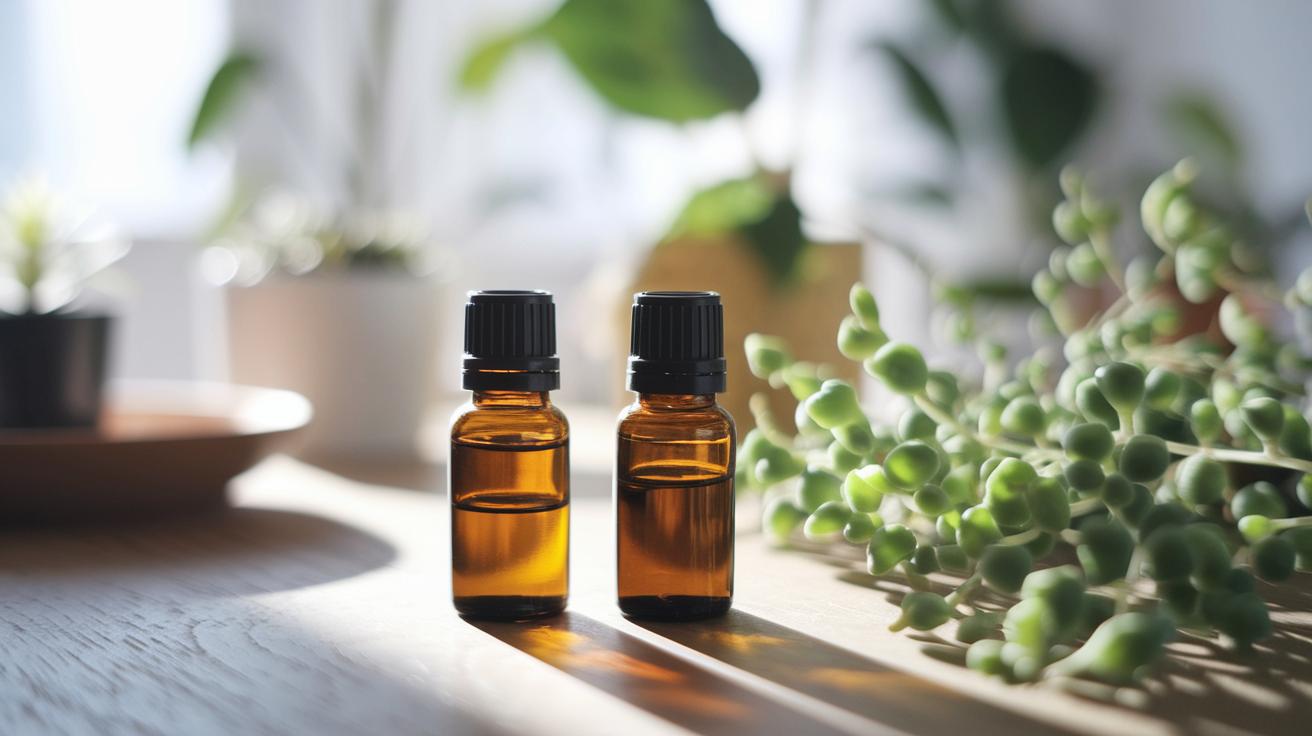
Pain Management
A soft, calming mist can ease different kinds of discomfort. Have you ever noticed how a single whiff of lavender can calm you? Lavender oil is one of our favorite helpers.
- Dysmenorrhea (painful menstrual cramps): mix three drops of Lavender oil with a carrier oil (a gentle, plant-based oil that dilutes essential oils). Massage it into your lower belly. You’ll feel the tension melt and the ache ease.
- Post-cesarean pain relief: inhale a fine mist of Lavender oil or gently rub a diluted blend on your incision area. It’s like a warm, soothing hug on your skin.
- Blood-pressure support: breathe in Bergamot oil (a citrusy, uplifting scent). It helps blood vessels relax, which can lower blood pressure and bring a gentle warmth.
Immune & Skin Support
Next, let’s freshen your home and calm your skin with two simple recipes.
- Antimicrobial (germ-fighting) surface cleaner: combine four drops of Tea Tree or Eucalyptus oil with water in a spray bottle. Use it on countertops to take on tough, antibiotic-resistant bacteria.
- Skin-calming anti-inflammatory action: blend Roman Chamomile and Frankincense oils with a carrier oil. Apply it to red or irritated skin for a cooling, soothing mist plus antioxidant (molecules that guard cells) benefits.
Safety Precautions and Dilution Guidelines in Aromatherapy
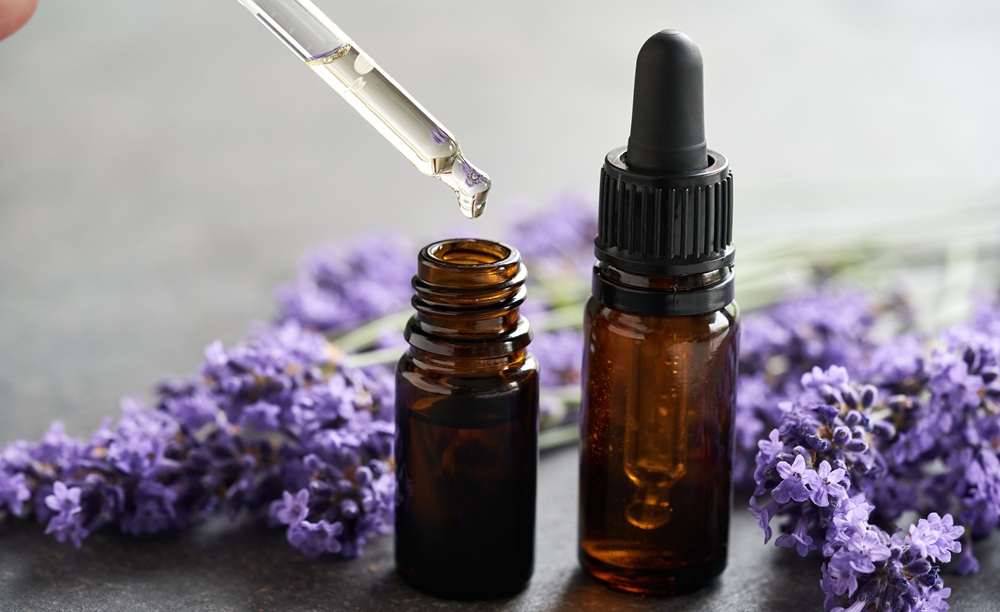
At Organic Aromas, we know essential oils can feel like a whisper of nature’s calm. But they’re concentrated plant extracts (powerful liquids drawn from flowers, leaves, or bark) that can irritate skin or sensitive areas if used too strong. Always look for pure, organic labeling to avoid hidden chemicals like diethyl phthalate, a synthetic diluent (a chemical that thins out oils). Before you apply oils broadly, do a small patch test on your inner forearm. If you see redness, feel itching, or notice a burning spot, wash it off with gentle soap and pause your ritual.
Dilution (mixing essential oils with a carrier oil) turns that potent mist into a soft caress on your skin. For facial blends, aim for a 1 percent dilution, about one drop of essential oil in one teaspoon of carrier oil. Body blends can go up to 5 percent, or roughly five drops per teaspoon. You can find our step-by-step guide on how to dilute essential oils. Choose a carrier oil (plain oil that helps spread essential oils) you love, jojoba, sweet almond, or fractionated coconut each brings a silky feel.
Some folks need extra care, so here’s a quick look:
- Pregnant people should skip rosemary and clary sage unless a trained pro gives the green light.
- Young children often do best with a 0.5 to 1 percent dilution (just a whisper of essential oil).
- Cats are sensitive to tea tree oil, and dogs may react to citrus-based scents.
When you’re unsure, reach out to a certified aromatherapist or your healthcare provider.
Have questions? We’re here to help you build a safe, soothing ritual.
Beginner Tips for Aromatherapy Home Use
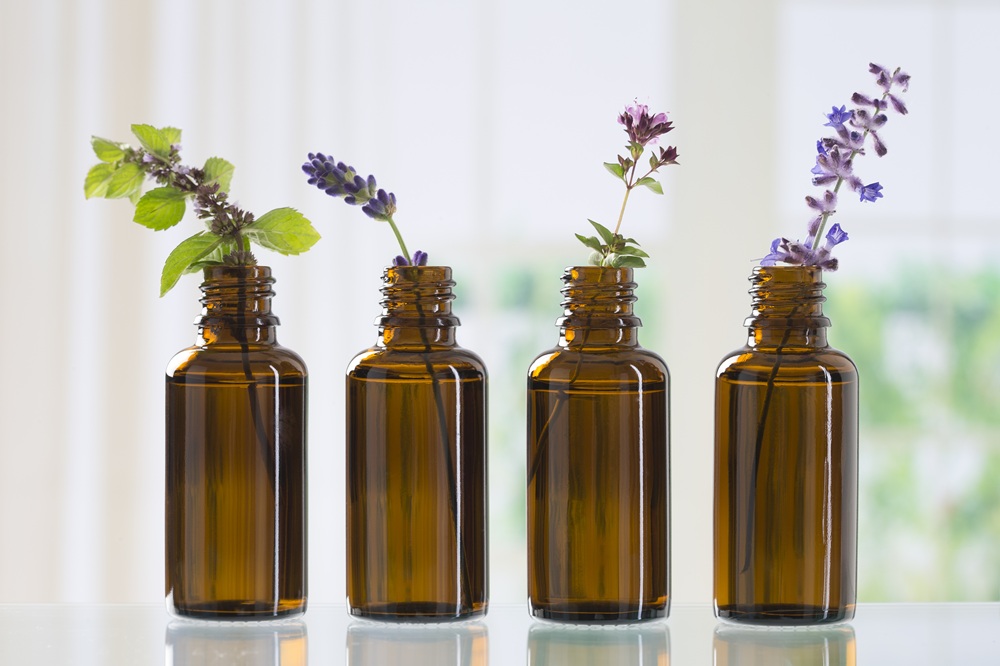
First, try a quick diffuser session.
Plug in your nebulizing diffuser (a device that uses no water or heat to turn oil into microparticles).
Add 1 to 2 drops of essential oil.
Let it run for 10 to 15 minutes.
Notice the aroma. How does it make you feel?
Then take a gentle pause. A short break helps you avoid scent fatigue.
Next, do a patch test before topical use.
Mix 1 drop of essential oil with 2 teaspoons of carrier oil (a silky base like jojoba or sweet almond).
Dab a tiny bit on your inner forearm.
Wait 24 hours. If your skin stays calm, you’re good to go.
For simple blends, follow these steps:
- Pick 1 or 2 oils you love, such as Lavender and Lemon.
- Aim for a 2 percent dilution (2 drops of essential oil per teaspoon of carrier oil).
- Choose carrier oils like jojoba, fractionated coconut, or sweet almond for a smooth feel.
- Make a roller bottle blend and swipe it on wrists or behind your ears.
Store your oils and blends in dark-glass bottles.
Keep them in a cool, dark place with lids tight.
This guards against light, heat, and air to preserve aroma and organic purity.
Want to carry calm on the go? Try a diffuser pendant or a portable car diffuser so you can enjoy a soft mist wherever you roam.
Final Words
In the action, we covered how aromatherapy uses essential oils to boost your mind and body, traced its history, introduced four star oils, explored diffusers, and highlighted key benefits and safety steps.
You picked up tips on dilution rates, carrier oils, and easy blends to try with your favorite device.
Each step nudges you toward calm, focus, and a spa-like atmosphere. Have fun with these techniques and let the soothing mist lift your mood. Now you know what is aromatherapy, and your home just got more radiant.
FAQ
What is aromatherapy and what does it do?
Aromatherapy is the use of plant extracts (essential oils) to support physical, mental, and emotional well-being through inhalation, topical application, or massage. It uplifts mood and eases stress.
What is aromatherapy massage?
Aromatherapy massage combines essential oils with a soothing touch to release tension, improve circulation, and deepen relaxation. The gentle movements help skin absorb oils while the aroma calms mind and body.
What are the benefits and uses of aromatherapy?
Aromatherapy offers stress relief, better sleep, mood boost, headache relief, and respiratory support. You can use it to ease muscle pain, uplift spirits during a tough day, and freshen your space.
How does aromatherapy work?
Aromatherapy works by scent molecules stimulating the nose to send signals to the limbic system (emotional center), entering the lungs for respiratory support, and passing through skin layers into the bloodstream for body-wide effects.
What are the three types of aromatherapy?
The three types of aromatherapy include inhalation (breathing in vapor for mood), topical use (applying diluted oils for skin and pain), and ingestion (carefully taking oils by mouth under professional guidance).
What products and scents are used in aromatherapy?
Aromatherapy uses essential oils like lavender, peppermint, eucalyptus, and tea tree. Common tools include diffusers, roller bottles, massage blends, inhalers, and bath salts to release scents and support wellness at home or on the go.
How do I do aromatherapy at home?
You set up aromatherapy at home by choosing a quality essential oil, selecting a diffuser or carrier oil blend, following dilution guidelines, and running sessions of 10–20 minutes. Always test a small skin patch first.
Who should not use aromatherapy?
People with certain allergies, epilepsy, or sensitive skin may need to avoid specific essential oils. Pregnant or nursing individuals and pets also require extra caution—always check safety guides or consult a trained aromatherapist.
What does an aromatherapist do?
An aromatherapist assesses your needs, selects and blends essential oils, and guides you on safe use methods like diffusion, massage, or inhalation. They create personalized plans for stress relief, sleep, or skin support.


